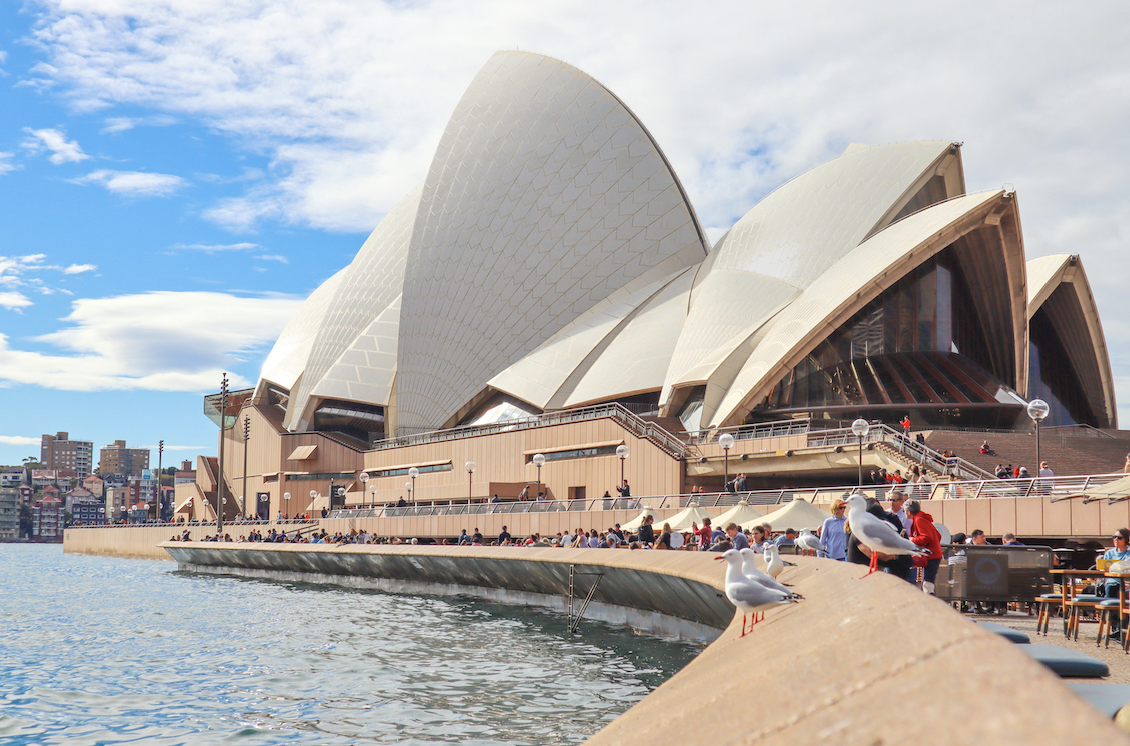Australia Residential Real Estate Statistics
Australia’s Real Estate Landscape
The Australian residential real estate market is anticipated to achieve a value of AU$5.84 trillion by 2024. Between 2024 and 2028, this market segment is projected to experience a compound annual growth rate (CAGR) of 3.73%, culminating in a market volume of AU$6.76 trillion by 2028.
Following the general population expansion trend, the number of households in Australia is projected to increase by 6.4% to 10.1 million by 2027, with an average size of 2.6 people. This growth will be mainly fuelled by the rising number of couples without children, which is projected to grow by 8.1% and make up 29.2% of all households by 2027. Sydney is the largest city in Australia, accounting for 20.5% of the country’s population in 2022. Meanwhile, Darwin is expected to be the fastest-growing city, with its population projected to increase by 7.4% between 2022 and 2027.
In 2022, 86.5% of Australians lived in urban areas. However, the urbanization rate is expected to slow, increasing by only 0.7% to 87.3% by 2027. Despite the growing urban population, towns and suburbs have also seen rapid growth, leading to the expansion of residential areas around existing cities.

Type of Housing

In Australia, the most common type of housing is single-family homes. An average household lives in a detached house with five or more rooms, with the most common size of dwelling being 70 and more square meters.
Housing Supply & Regional Variations

The number of housing permits aligns relatively closely with housing completions signifying a well-balanced and efficient residential real estate market. However, this may be subjected to regional variations:

Despite these efforts, Australia’s housing supply remains low by international standards. According to the OECD, Australia had 420 housing units per 1,000 people in 2022. This figure lags behind comparable countries like Canada, the US, and the UK (England), all of which also fall below the OECD average. This is further supported by CBRE’s in-house research which revealed that supply over the next five years will hover around 50,000 to 70,000 apartments, while demand is running at 75,000. Additionally, vacancy is expected to remain below 1% for the next five years while rents are forecast to grow 28% over the same period.
Average House Pricing
This lack of supply is driving house prices higher, contributing to rising prices and worsening affordability, as reflected in the upward trend of the house price index.

Generally, major cities like Sydney and Melbourne have experienced significant growth in property prices over recent years, driven by strong demand, population growth, and limited housing supply.
However, CoreLogic’s latest Regional Market Update indicates that home values in regional Australia rose by 1.2% in the three months leading up to January 2024, compared to a 1.0% increase in the capital cities during the same period.

The Western Australian capital posted a 22% annual surge, while Brisbane has overtaken Canberra to become Australia’s second most expensive city, rising 16% over the past year. Adelaide was close behind at 14%, followed by Sydney (7%), Darwin (3%) and Canberra (1.9%). Melbourne and Hobart rounded out the list at 1.8% and -.1% respectively.
The recent trend of regional housing values outpacing those in capital cities is due to a slowdown in growth rates in the capital cities, rather than an acceleration in regional growth.
Opportunities & Challenges
Challenges
The primary challenge for Australia’s housing market is the shortage of housing to meet demand, which is driving up house prices and worsening affordability. In 2024, the median house price rose to 8.5 times the median gross disposable household income, up from 4.9 times in 2002. Furthermore, Australians are taking much longer, 11.4 years to save for a deposit. As such, based on current trends, an increasing number of Australians are unlikely to become homeowners causing home ownership rates to decline.
Opportunities
Despite declining home ownership rates, the latest Westpac Home Ownership Report reveals that 44% Australians plan to buy a new home in the next five years, up 9% from 2023.
This trend presents a significant opportunity for various sectors within the housing market. For real estate agents and property developers, the increased interest in home buying indicates a growing market, encouraging investment in new housing projects and developments. Financial institutions can capitalize on this opportunity by offering tailored mortgage products and competitive interest rates to attract prospective homebuyers.
Additionally, home improvement and renovation businesses stand to benefit as new homeowners are likely to invest in upgrading their properties. The increase in home buying interest also presents opportunities for home appliance manufacturers and retailers, as new homeowners will need to furnish and equip their homes with modern appliances and technology.
Overall, the projected increase in home purchases signifies a robust market potential, driving growth and innovation across multiple industries related to residential real estate.
Conclusion
In conclusion, Australia’s residential real estate market is on a trajectory of steady growth, bolstered by demographic trends and increasing demand for housing. Despite challenges such as housing supply shortages and affordability issues, the market presents substantial opportunities for growth and innovation. The rising interest in home buying, particularly among new homeowners, is likely to spur investment across various sectors, from real estate development to financial services, home improvement, and consumer goods.
Sources:
[1] https://www.statista.com/outlook/fmo/real-estate/residential-real-estate/australia
[2] https://www.euromonitor.com/households-australia/report
[3] https://www.oecd.org/els/family/HM1-1-Housing-stock-and-construction.pdf
[4] https://www.cbre.com.au/insights/articles/investing-in-australias-property-future




